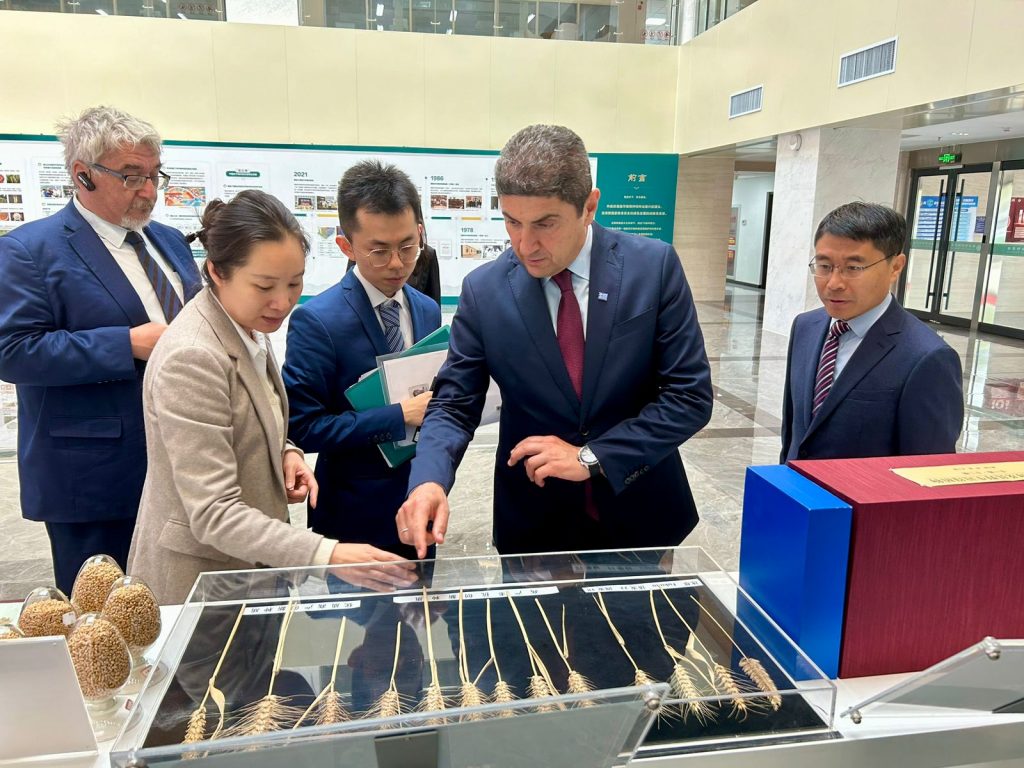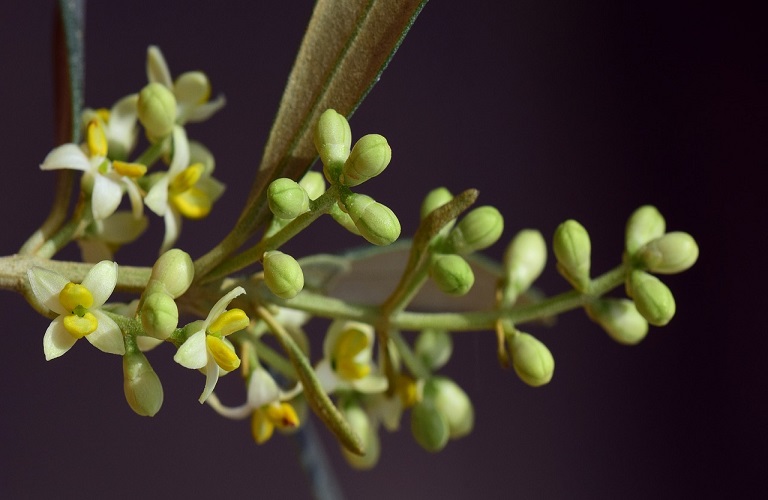The early flowering of the olive trees seems to be progressing rapidly in all olive-producing regions of Greece, as well as in other Mediterranean countries, due to higher winter temperatures and the early onset of spring this year.
According to Nikos Michelakis, Scientific Advisor of the Union of Olive-Growing Municipalities of Crete (SEDIK), the progression of flowering in Crete is notably ahead compared to other regions. Additionally, fruit setting has already commenced in many olive groves along the coastal and Mediterranean areas of the island.
Michelakis emphasizes the importance of taking immediate action from the producers’ standpoint to mitigate or alleviate the adverse effects of unusual weather patterns. Therefore, it is crucial for producers across all olive groves, particularly those reliant on rain, to implement measures to minimize soil moisture depletion.
For irrigated olive groves, Michelakis recommends timely irrigation application during this period, citing evidence from multi-year experiments that indicate spring irrigations can yield comparable results to those throughout the entire growing season.
Moreover, the spring season presents an opportune time for olive cultivation as it precedes the peak demands or disturbances caused by tourism, potentially fostering collaboration between tourism and olive cultivation rather than competition.
Michelakis noted that early flowering, occurring when soil moisture levels are still sufficient, tends to lead to successful fruit setting, mirroring last year’s pattern. However, if the dry spell persists, later flowering faces decreasing soil moisture, reducing the likelihood of a good fruit set.




